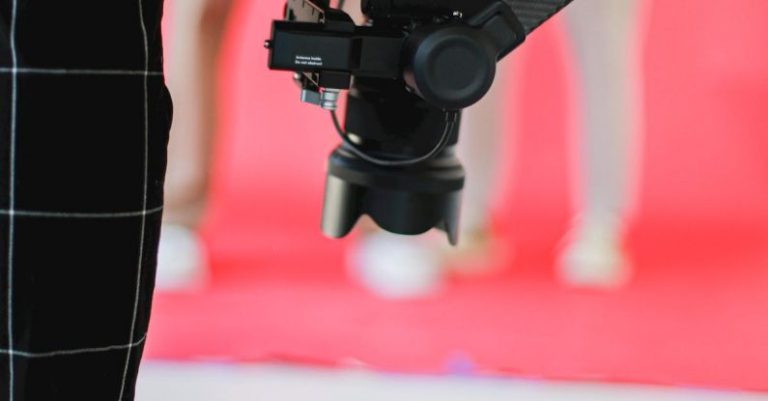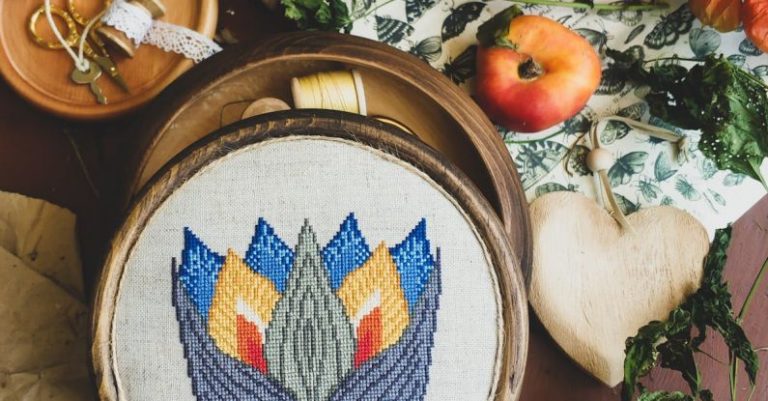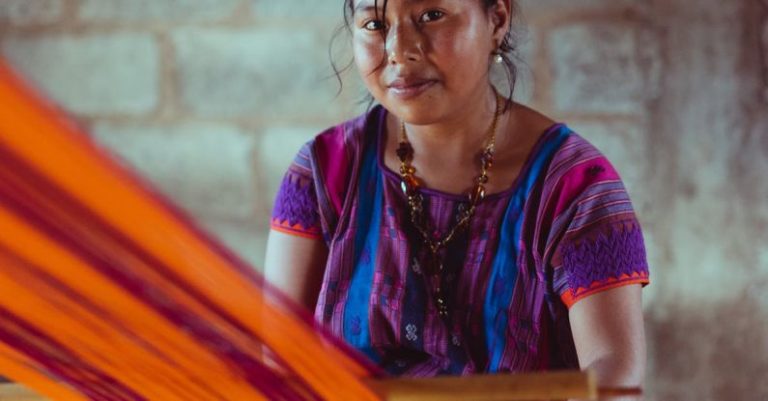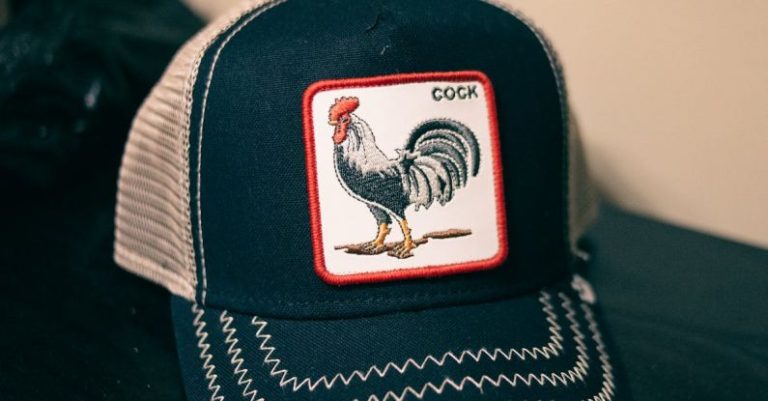
Embroidery is a beautiful and versatile craft that allows for endless creativity and personalization. From delicate floral designs to intricate patterns, embroidery can add a unique touch to any fabric. However, not all fabrics are created equal when it comes to embroidery. Different types of fabric require different techniques to achieve the best results. In this article, we will explore how to embroider on various types of fabric to help you create stunning embroidered projects.
Choosing the Right Fabric
The first step in embroidering on different types of fabric is selecting the right fabric for your project. The fabric you choose will greatly impact the final look and durability of your embroidery. When choosing a fabric, consider factors such as the fabric’s weight, weave, and stretch. Light to medium-weight fabrics such as cotton, linen, and lightweight wool are ideal for embroidery as they provide a stable base for stitching.
Embroidering on Cotton Fabric
Cotton is a popular choice for embroidery due to its versatility and durability. When embroidering on cotton fabric, it is essential to use a stabilizer to prevent puckering and distortion of the fabric. Stabilizers help support the fabric during stitching and can be easily removed after the embroidery is complete. Choose a tear-away or cut-away stabilizer depending on the complexity of your design and the weight of the fabric. Cotton fabric is also suitable for a wide range of embroidery techniques, including satin stitch, backstitch, and French knots.
Embroidering on Linen Fabric
Linen is another fabric commonly used for embroidery due to its natural texture and drape. When embroidering on linen fabric, it is important to pre-wash and press the fabric to remove any sizing or wrinkles. Linen fabric can be prone to fraying, so it is recommended to use a stabilizer to reinforce the fabric during stitching. Embroidery on linen fabric can create a beautiful rustic look and is ideal for creating delicate and intricate designs.
Embroidering on Silk Fabric
Silk is a luxurious fabric that adds elegance and sophistication to any embroidered project. When embroidering on silk fabric, it is crucial to use a fine needle and lightweight thread to prevent damage to the delicate fibers. Silk fabric can be slippery and prone to puckering, so using a stabilizer is essential to ensure smooth and even stitching. Experiment with different embroidery stitches such as seed stitch, stem stitch, and chain stitch to create stunning textures and patterns on silk fabric.
Embroidering on Wool Fabric
Wool fabric is a warm and cozy choice for embroidery projects, especially for winter-themed designs. When embroidering on wool fabric, it is important to use a sharp needle and strong thread to penetrate the dense fibers of the fabric. Wool fabric can be bulky, so using a lightweight stabilizer will help support the fabric during stitching. Wool fabric is ideal for creating bold and textured embroidery designs such as crewelwork and appliqué.
Embroidering on Synthetic Fabric
Synthetic fabrics such as polyester and nylon are durable and easy to care for, making them a popular choice for embroidery projects that require long-lasting wear. When embroidering on synthetic fabric, it is important to use a stabilizer to prevent distortion and ensure clean stitching. Experiment with different embroidery techniques such as machine embroidery and appliqué to create vibrant and eye-catching designs on synthetic fabrics.
In conclusion,
Embroidering on different types of fabric opens up a world of possibilities for creating unique and personalized projects. By choosing the right fabric and using the appropriate techniques, you can achieve stunning embroidery results on a variety of fabrics. Whether you prefer the natural texture of linen, the luxurious feel of silk, or the cozy warmth of wool, there is a fabric suitable for every embroidery project. Experiment with different fabrics and embroidery techniques to unleash your creativity and bring your embroidered creations to life.





